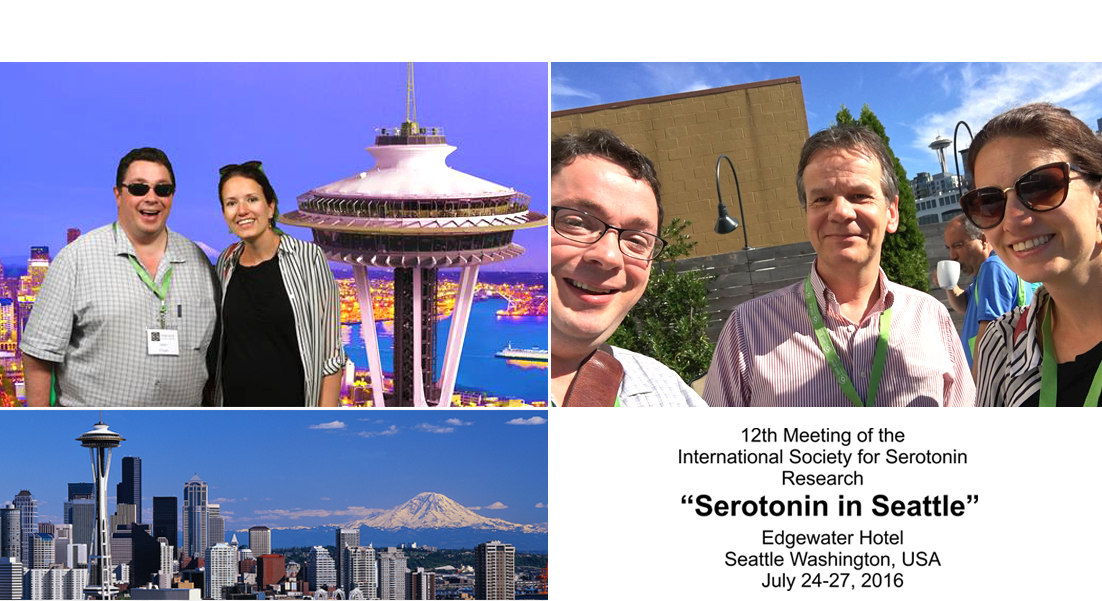In This Section
- Home
- Staff Profiles & Phone Book
- About the Department
- A History of the Department LANDING PAGE
- A history of the Department; The early years to the 1980s
- A history of the Department; The move from the Windle Building to BSI and WGB
- UCC Professors of Anatomy and Heads of Department
- The development of the UCC HUB
- Current students, recent research graduates and awards
- Useful Links
- Welcome from Head of Department of Anatomy and Neuroscience
- Study Anatomy
- Study Neuroscience
- Research
- UCC Anatomical Donations
- Biosciences Imaging Centre
- BSc Medical and Health Sciences
- News & Events
- News Archive 2024
- News Archive 2023
- News Archive 2022
- News Archive 2021
- News Archive 2020
- News Archive 2019
- News Archive 2018
- Recent Publications
- News archive 2017
- News Archive 2016
- News Archive2015
- News Archive 2014
- News Archive 2013
- News Archive 2012
- News Archive 2011
- BRAIN AWARENESS WEEK 2023
- Department Events and Conferences
- Seminar series 2019_2020
- photo galleries
- Narrowing the void Conference 2023
- Photos of BSc Medical and Health Sciences Mentoring launch 2022
- International Women's Day 2023
- 2023 BRIGHT FUTURES - Celebrating our researchers
- 2023 UCC Futures - Future Ageing & Brain Sciences
- Recent Graduations July 2023
- Anatomy and Neuroscience Top 100 Anatomy Physiology 2023
- BRAIN AWARENESS WEEK 2023 FUN AND GAMES EVENT
- Medical and Health Sciences First year class 2023
- 2023 Brain Awareness week Scientific discussion photo gallery
- World Anatomy Day 2023
- BSc MHS MENTORING PROGRAMME 2023
- BSc Medical and Health Sciences Graduation 2023
- BSc Neuroscience Graduation Photo Gallery 2023
- Dr Kathy Quane Nov 2023
- THANKSGIVING PHOTOS 2012
- Photo Gallery: Society of Translational Medicine Careers Fair 2023
- Photo Gallery:2023 TRAIN AWARDS
- Photo Gallery:2024 Creative Week St Joseph's NS
- Photo Gallery: Department of Anatomy and Neuroscience Thanksgiving Service 2024
- Photo Gallery: Professor Aideen Sullivan farewell party
- Photo Gallery: Irish Pain Society Annual Scientific Meeting Cork 2023
- Photo Gallery: 2024 Medical and Health Sciences Graduation
- Photo Gallery: Medical and Health Sciences Meet and Greet 2024
- Photo Gallery: 2024 BSC NEUROSCIENCE Graduation
- Photo Gallery: 2025 INTERNATIONAL WOMEN'S DAY
- Photo Gallery: 2025 BSc Neuroscience class and staff
- Photo Gallery: 2025 BRAIN CONNECTIONS
- Narrowing the Void Conference 2023
- Department of Anatomy and Neuroscience Contact Us
Dr Schellekens Organises and Speaks in Symposium at “Serotonin in Seattle”

The symposium, organised by Dr Harriët Schellekens, lecturer Department of Anatomy and Neuroscience, took place in Seattle on Wednesday 27th July under the auspices of The 12th International Society for Serotonin Research Meeting “Serotonin in Seattle” which ran from the 24th to 27th July 2016 at the Edgewater Hotel, Seattle, USA.
Entitled: “Novel serotonergic mechanisms and functional crosstalk: Shaping innovative molecular neurotherapeutics” the symposium explored the recent advances in understanding the critical role of the 5-HT1B receptor (5-HT1BR) and 5-HT2CR in mood, appetite and reward-related behaviours which suggest great potential for the design of pharmacotherapies for multiple neural disorders that include an addictive dimensionality.
Dr. Schellekens presented original observations demonstrating novel interactions of the 5-HT2CR with the GHS-R1a receptor, a receptor for the hunger hormone, ghrelin, in reward behaviour, as well as a novel 5-HT2CR/Dopamine D1 dimer which inhibits D1-mediated signalling, suggesting a potential mechanism for 5-HT-mediated attenuation of DA signalling via the 5-HT2CR.
Dr. Neisewander gave insight into the mechanisms through which dysregulated 5-HT1BR function contributes to the pathology underlying cocaine use disorder and the implications for the development of effective treatments to reverse this dysregulation and enhance abstinence. Dr. Cunningham discussed the discovery of positive allosteric modulators (PAMs) as a pioneering pharmacological means to selectively enhance 5-HT2CR function with potential value as pharmacotherapeutics for binge eating and psychostimulant use disorders.
Finally, Carrie McAllister, a NIDA Travel Award Recipient presented novel evidence for an interaction between the 5-HT2ARand 5HT2CR. The symposia highlighted novel molecular mechanisms of 5-HT1BR and 5-HT2CR signalling which are poised to lead to innovative therapeutics targeting obesity, binge eating, substance use and potentially other neural disorders.
Other talks scheduled during the conference included talks by Professor John Cryan on serotonin in the microbiota-gut-brain axis, and also the Irvine Page and Maurice Rapport lectureships, delivered by the distinguished Professors Trevor Sharp and Daniel Hoyer. The inaugural, Paul Vanhoutte plenary lectureship was deliverd by Paul Vanhoutte.
For further information from the event visit the Serotonin in Seattle website
Department of Anatomy and Neuroscience
Anatamaíocht agus Néareolaíocht
Contact us
Room 2.33, 2nd Floor, Western Gateway Building, University College, Cork, Ireland
